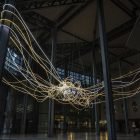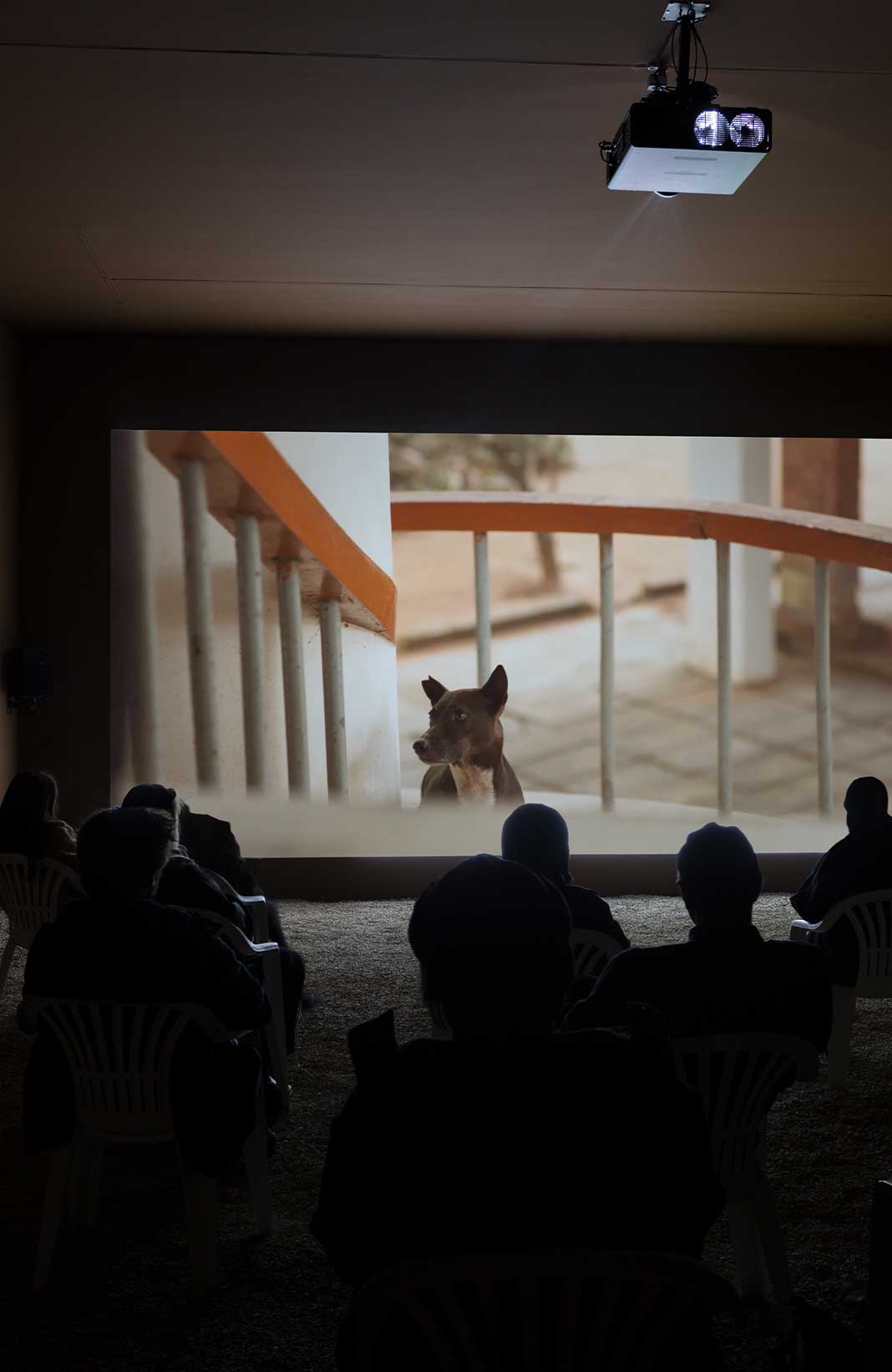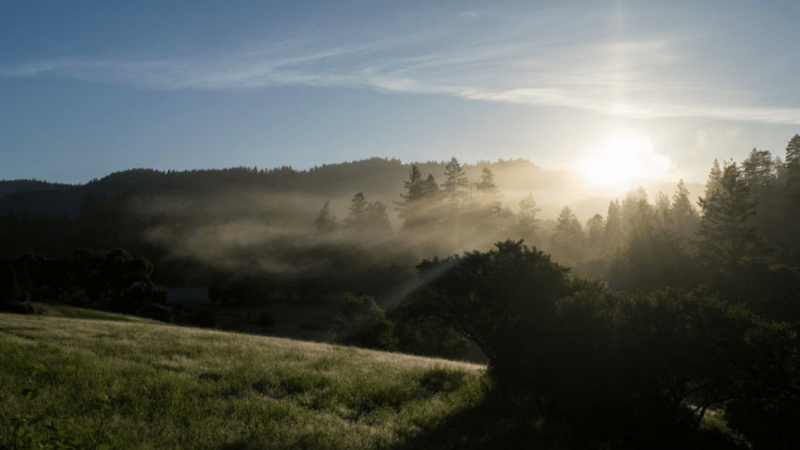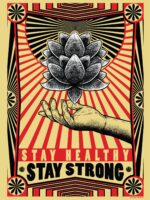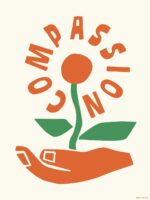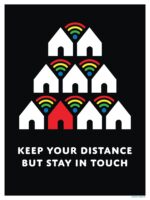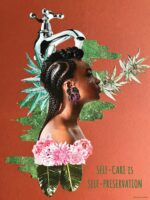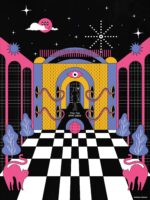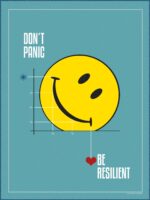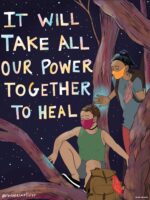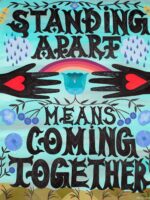SCIENTIA, Grimanesa’s work for the Wellbeing Summit in Bilbao, is a monumental, site-specific light sculpture that will be installed at the Atrium of Azkuna Zentroa, opening for the Summit and remaining in place throughout the summer of 2022.
Location: Azkuna Zentroa – Atrium
OPEN TO THE PUBLIC
Date: May 31 – August 30
Time: 9am – 9pm
Creating monumental sculptures often makes Amorós consider how our environment affects our state of mind and well-being. Her new site-specific light sculpture SCIENTIA will engage visitors in a dialogue with the surrounding architecture and community, encouraging moments of self-reflection and personal realization while simultaneously creating connection through the medium of light.
The project’s name SCIENTIA is a Latin word meaning knowledge and knowing, experience and expertise, but going beyond a personal understanding. The word implies a socially interactive activity, the seeking and sharing of knowledge. This artwork will explore the human connection using our elemental knowledge of the world: fire, water, earth, and light. Through this primordial immersion, SCIENTIA provides a means of accessing our emotional selves within a manifested mental space that nurtures well-being and promotes community engagement.
Grimanesa Amorós was born in Lima, Peru, and lives and works in New York City. She is an interdisciplinary artist whose diverse interests include social history, scientific research, and critical theory. A direct relationship to technology is one of the distinctive features of Amorós’ practice. Her works incorporate video, lighting, and technological elements to create monumental sculptures involving architecture and engaging communities.
ESPAÑOL ESPAÑOL
SCIENTIA, la obra de Grimanesa para The Wellbeing Summit, es una escultura de luz monumental y específica para el lugar que se instalará en el Azkuna Zentroa, que se inaugurará para la Cumbre y permanecerá en el lugar durante todo el verano de 2022.
La creación de esculturas monumentales hace que Amorós se plantee a menudo cómo nuestro entorno afecta nuestro estado de ánimo y bienestar. Su nueva escultura lumínica SCIENTIA, específica para el lugar, hará que los visitantes entablen un diálogo con la arquitectura y la comunidad circundantes, fomentando momentos de autorreflexión y realización personal y creando al mismo tiempo una conexión a través del medio de la luz.
El nombre del proyecto, SCIENTIA, es una palabra latina que significa conocimiento y saber, experiencia y pericia, pero que va más allá de la comprensión personal. La palabra implica una actividad socialmente interactiva, la búsqueda y el intercambio de conocimientos. Esta obra de arte explorará la conexión humana utilizando nuestro conocimiento elemental del mundo: fuego, agua, tierra y luz. A través de esta inmersión primordial, SCIENTIA proporciona un medio para acceder a nuestro yo emocional dentro de un espacio mental manifiesto que nutre el bienestar y promueve el compromiso de la comunidad.
Grimanesa Amorós nació en Lima, Perú, y vive y trabaja en Nueva York. Es una artista interdisciplinar cuyos diversos intereses incluyen la historia social, la investigación científica y la teoría crítica. La relación directa con la tecnología es uno de los rasgos distintivos de la práctica de Amorós. Sus obras incorporan vídeo, iluminación y elementos tecnológicos para crear esculturas monumentales que implican a la arquitectura y comprometen a las comunidades.





